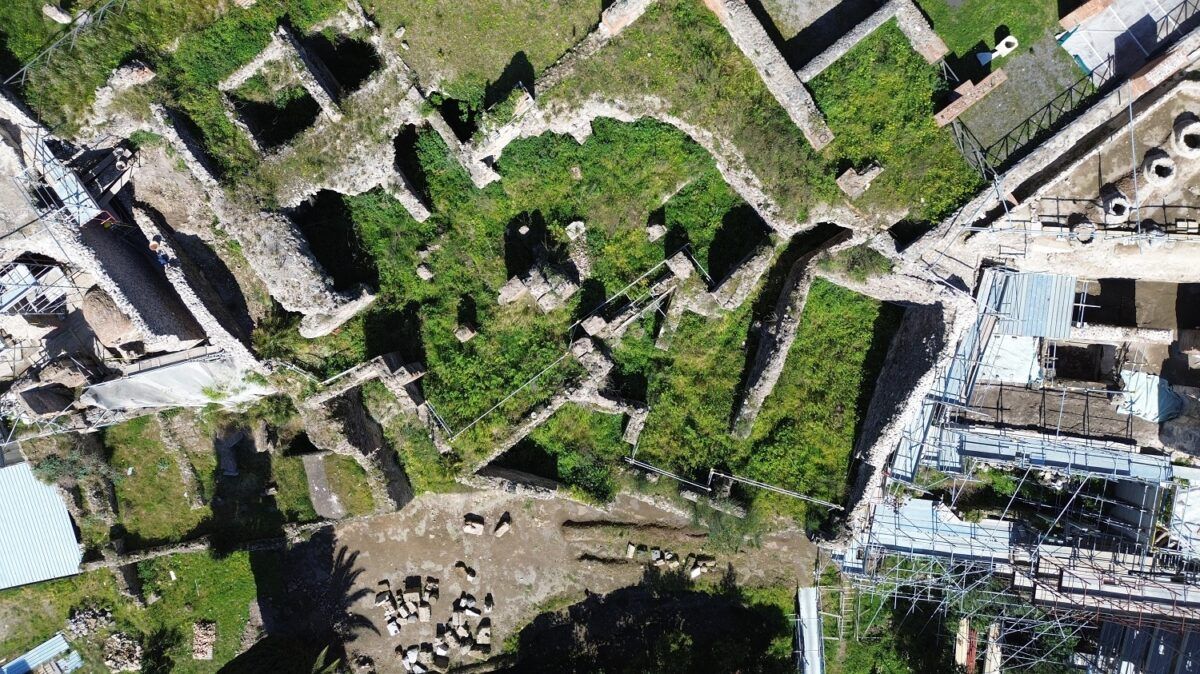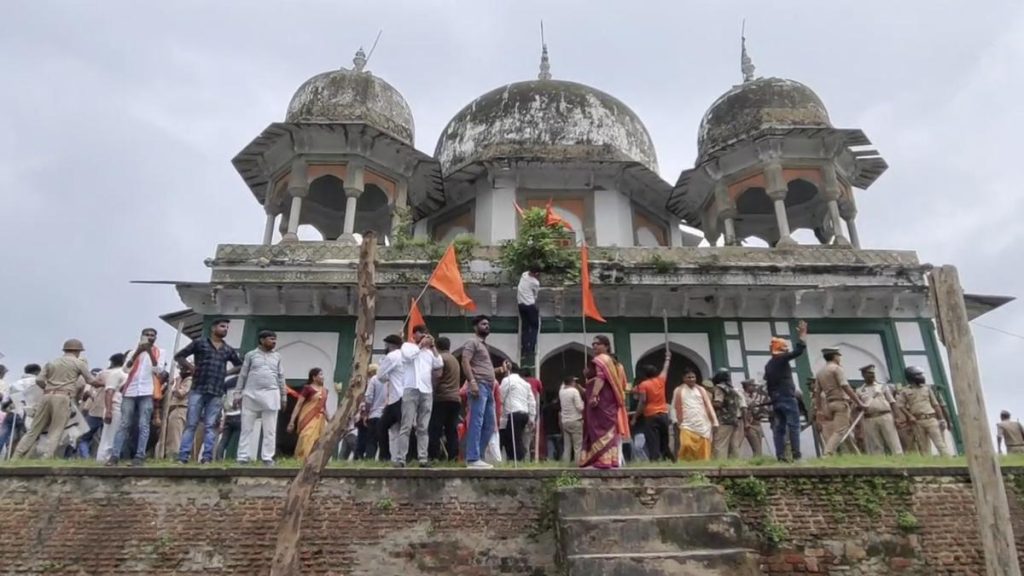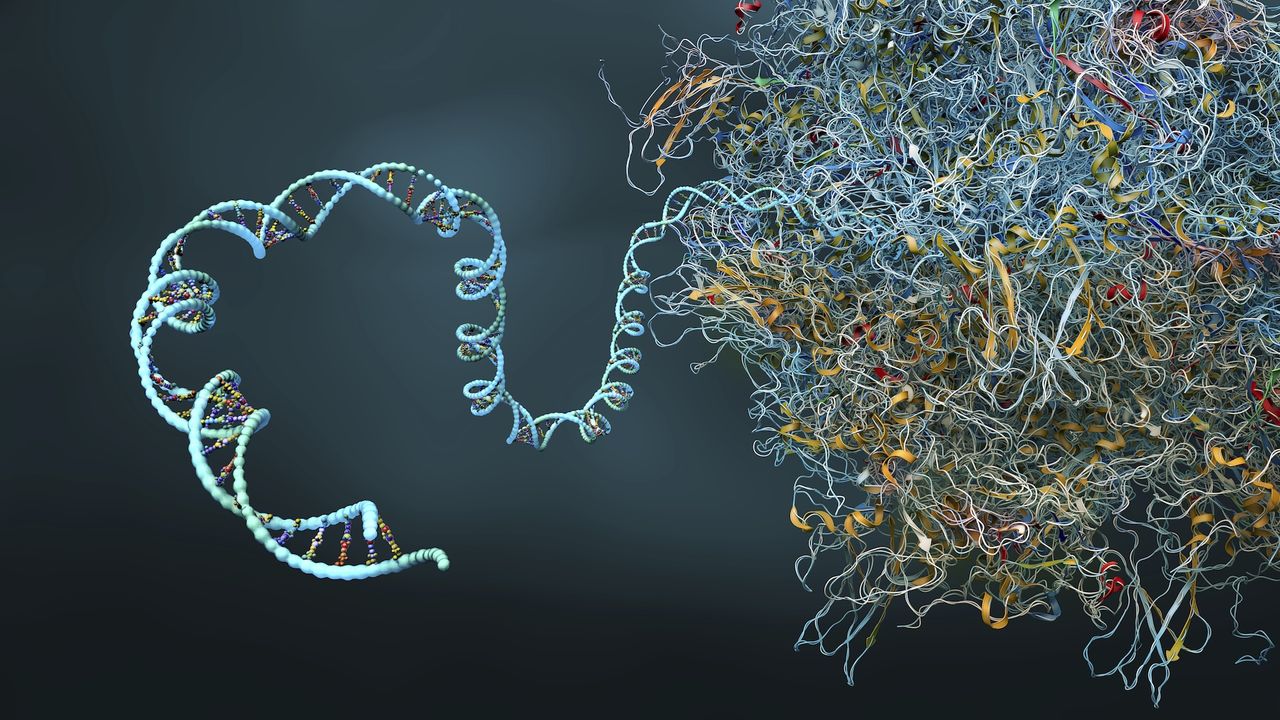Now Reading: After Vesuvius: Pompeii’s 400-Year Return Marked by Chaos and Resilience
-
01
After Vesuvius: Pompeii’s 400-Year Return Marked by Chaos and Resilience
After Vesuvius: Pompeii’s 400-Year Return Marked by Chaos and Resilience

Quick Summary
- Archaeological evidence confirms that survivors of Mount Vesuvius’ A.D. 79 eruption returned to teh destroyed city of Pompeii and lived there for approximately 400 years, until the fifth century A.D.
- this population included both returning residents and destitute newcomers scavenging for valuables or seeking refuge.
- People occupied the upper floors of buildings buried in ash, turning lower levels into cellars wiht fireplaces, ovens, and mills.
- New findings came from excavations in Pompeii’s Insula Meridionalis district and highlighted how earlier archaeological efforts often missed or damaged traces of this post-eruption reoccupation.
- The population remained scattered and disorganized, with social conditions resembling a “favela” – precarious encampments amid ruins – according to Gabriel Zuchtriegel, director of the Archaeological Park of Pompeii.
- Researchers believe around 25,000 people lived in Pompeii and nearby Herculaneum before the eruption; only two-thirds of Pompeii has been excavated so far.
- The city was ultimately abandoned by the fifth century due to ongoing instability but may have experienced a further exodus after another volcanic eruption in A.D. 472.
Images Included:
- Aerial view showing archaeological work at Insula Meridionalis (Image Credit: Archaeological Park of Pompeii).
- Ruins being unearthed during recent excavation efforts.
- Amphorae stacked inside rooms used as cellars post-eruption.
Indian Opinion Analysis
The new data from these excavations sheds light on human resilience and also adaptability following catastrophic events like Mount Vesuvius’ eruption that devastated ancient cities such as Pompeii. For India-a nation historically shaped by natural disasters-this discovery emphasizes how societal rebuilding can coexist even amidst destruction when resources are scarce or displaced populations have limited alternatives elsewhere.
The findings also illustrate crucial lessons about preservation within archaeology itself; earlier shortcomings led to lost evidence about Pompeii’s secondary habitation phase, reminding India’s own archaeologists to practice careful documentation while protecting heritage sites. Moreover, discussions surrounding uneven socio-economic reconstruction likely echo globally relevant issues affecting disaster-hit communities today.
























